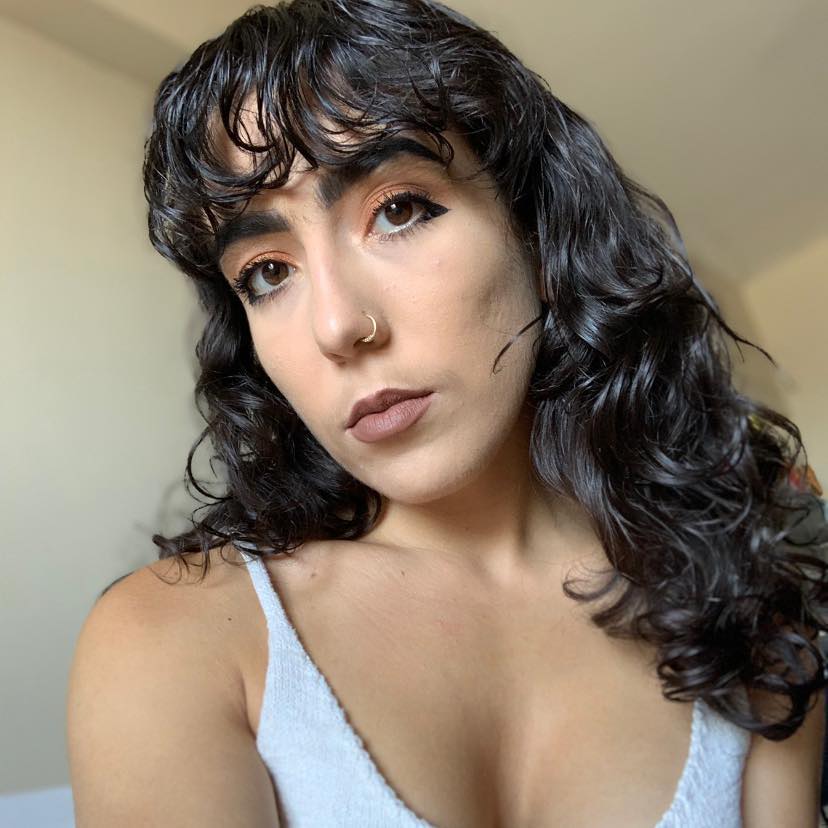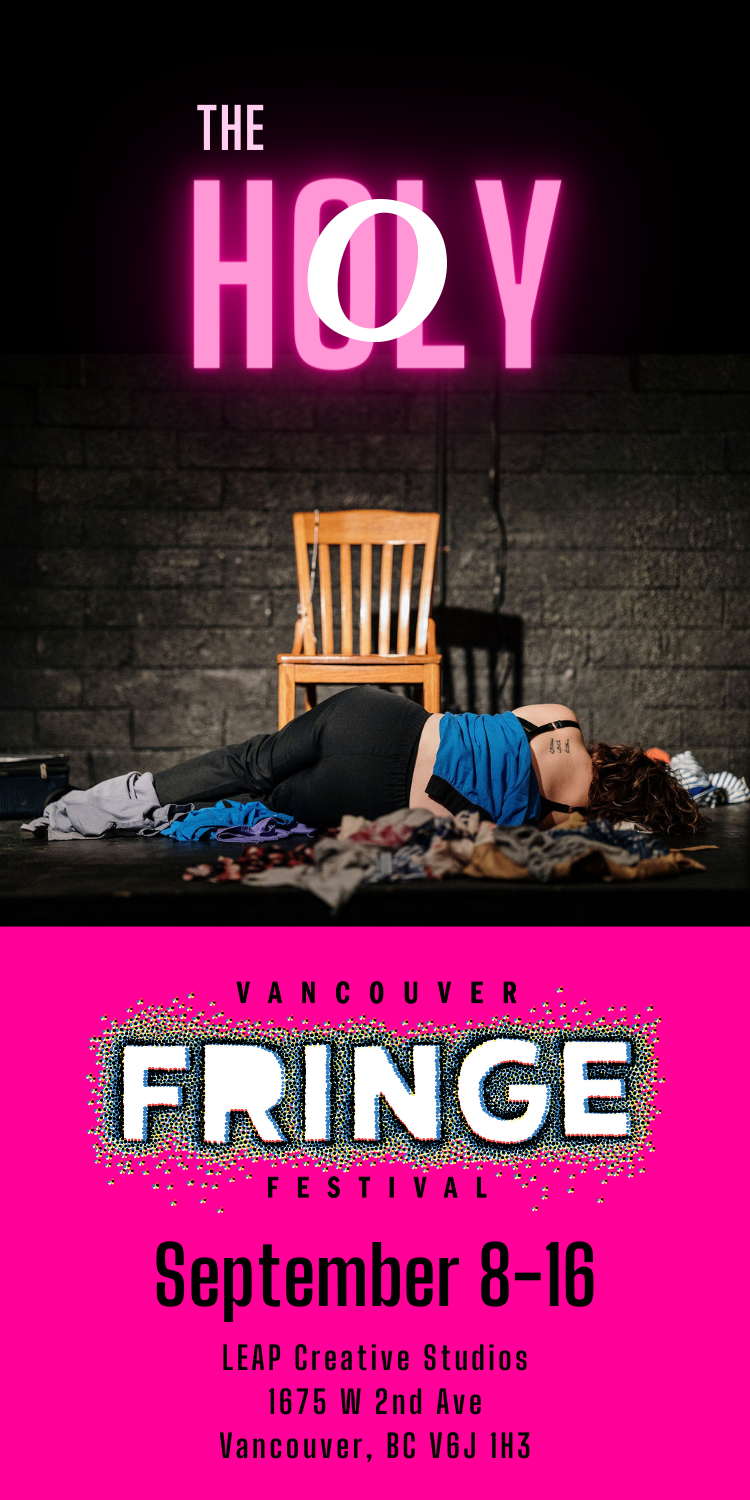Garden leaders offer solutions to the shortage of shared green space in the city
A decade after it was created, the Mount Pleasant Park Community Garden closed its 200-person waitlist. It’s crammed to the brim with folks eager to get their hands into the dirt, offering up three to five of the total 30 plots every year. But the turnover rate is glacial, and it can be even slower at other gardens across the city.
The McSpadden Park Community Garden has a “two year or more waitlist,” according to its president, Jim Richardson. It has 18 plots, and only two or three plots become available per year.
And there are long waitlists at all seven gardens managed by the Urban Diggers Society, says Gavin Ross, the organization’s director. Some are longer than others, but the minimum is “maybe just under a year,” Ross estimates.
In his capacity with Urban Diggers Society, he keeps track of membership applications, funding, and general communications, and has a plot himself. He saw a surge in membership requests double from people who wanted to grow their own food last March, and the demand has stayed consistent since then.
The society hasn’t shut down its waitlist in its 33 years of existence, but has maintained a general “four or five year” wait time, bumped up to “five or six” since the pandemic.
Clearly, there’s more supply than there is demand for community gardens in Vancouver, but director of the Mount Pleasant Park Community Garden Brenda Lomax says residents shouldn’t wait for the city to create more. Instead, she says, neighbourhood members need to apply to start their own gardens using funding from the municipal government.
“People often will say the city needs to build more community gardens, and I think another way of looking at it is we as a community need more community gardens, so we need to create more community gardens,” she says.
“We can get some support from the city for that, but it needs to be done on a grassroots level. It’s not going to happen any other way, and I think there’s a misunderstanding about that or an expectation.”
Interested citizens can reach out to the parks department for support in establishing their own community gardens. If successful, directors are volunteers responsible for maintaining the space and applying for grants for soil, tools, beds, and insurance.
Community gardens give people a way to create safety and security for themselves during a year full of unexpected challenges, losses, and uncertainty. Lomax says people are expressing interest in food security more lately, feeling unsure of “whether or not they can rely on grocery store products — either for the cost or the chemicals that come with it.”
“I think it’s a way we deal with stress and uncertainty: being self-reliant. Some of us recognize the vulnerabilities that exist in our lives, whether it’s financial or not,” she says.
“Every day you’re eating something from your garden, which is great. It’s not like you’re going to make yourself completely self-reliant and never go to the store, but to be able to supplement yourself, that’s food security.”
Giving people a way to connect with nature and neighbours at the same time is also an important channel for maintaining health and wellness in local communities. Increasing the number of gardens could help alleviate the burden on the spaces that are already overstuffed and give more folks free access to a spot where they can safely grow food and socialize.
There’s lots of space in parks where new plots could go, says Richardson. People just need the training and support from the city to help cover the cost of insurance.
“[The] piece that impacted us the past few years was the cost of insurance for risk from the city, and last year our insurance costs were about $350. This year it’s over $400 for the same coverage, so you’re talking about 18 gardeners having to fork out insurance to cover some nebulous low risk of injury for gardening,” he says.
For people interested in starting a garden, Lomax has some parting advice: use raised beds rather than in-ground ones, as they’re bigger and easier to work with. Bring your own tools and supplies to prevent the spread of COVID-19, and visit other gardens around the city to get creative ideas for your own plan.




